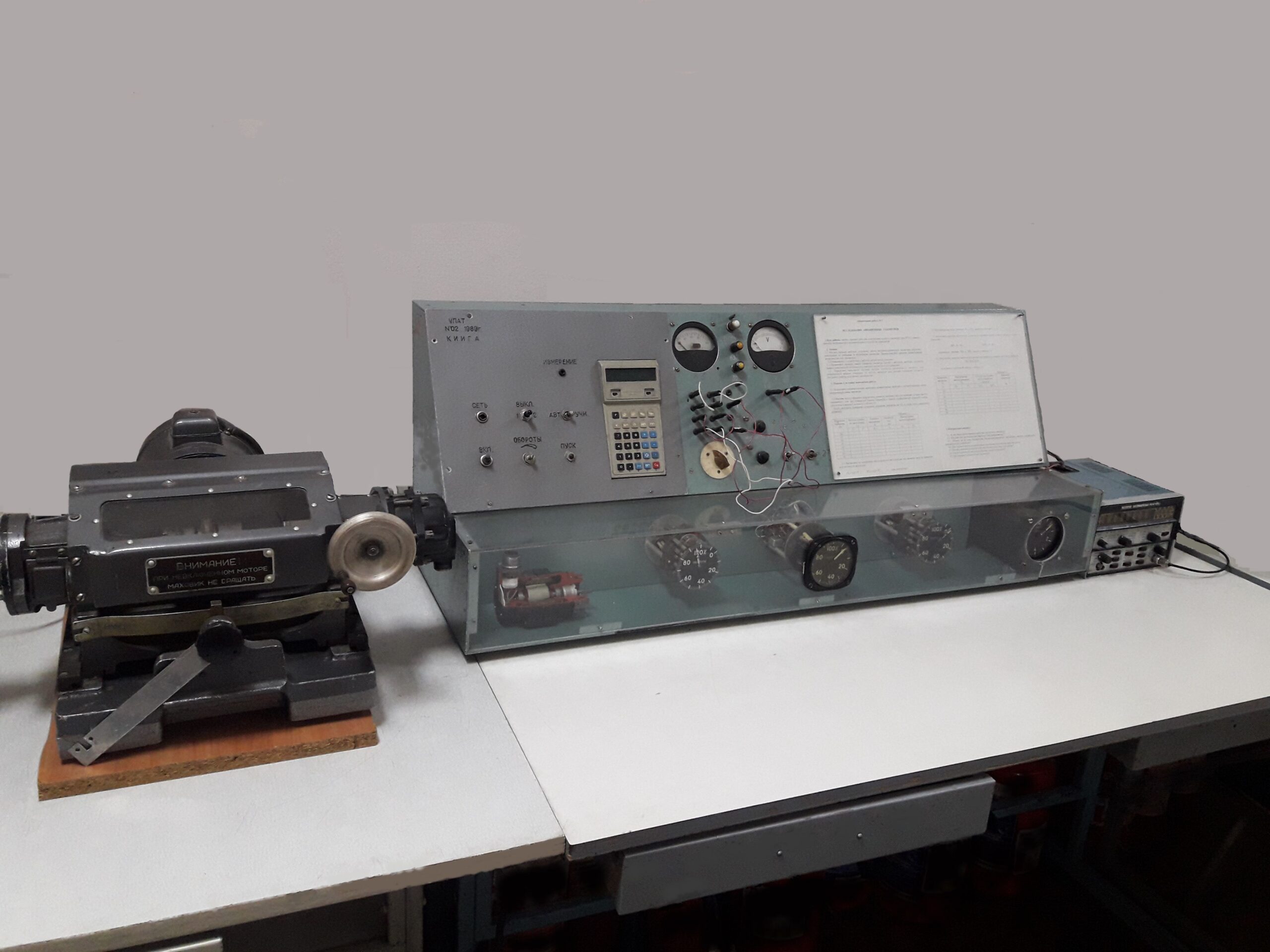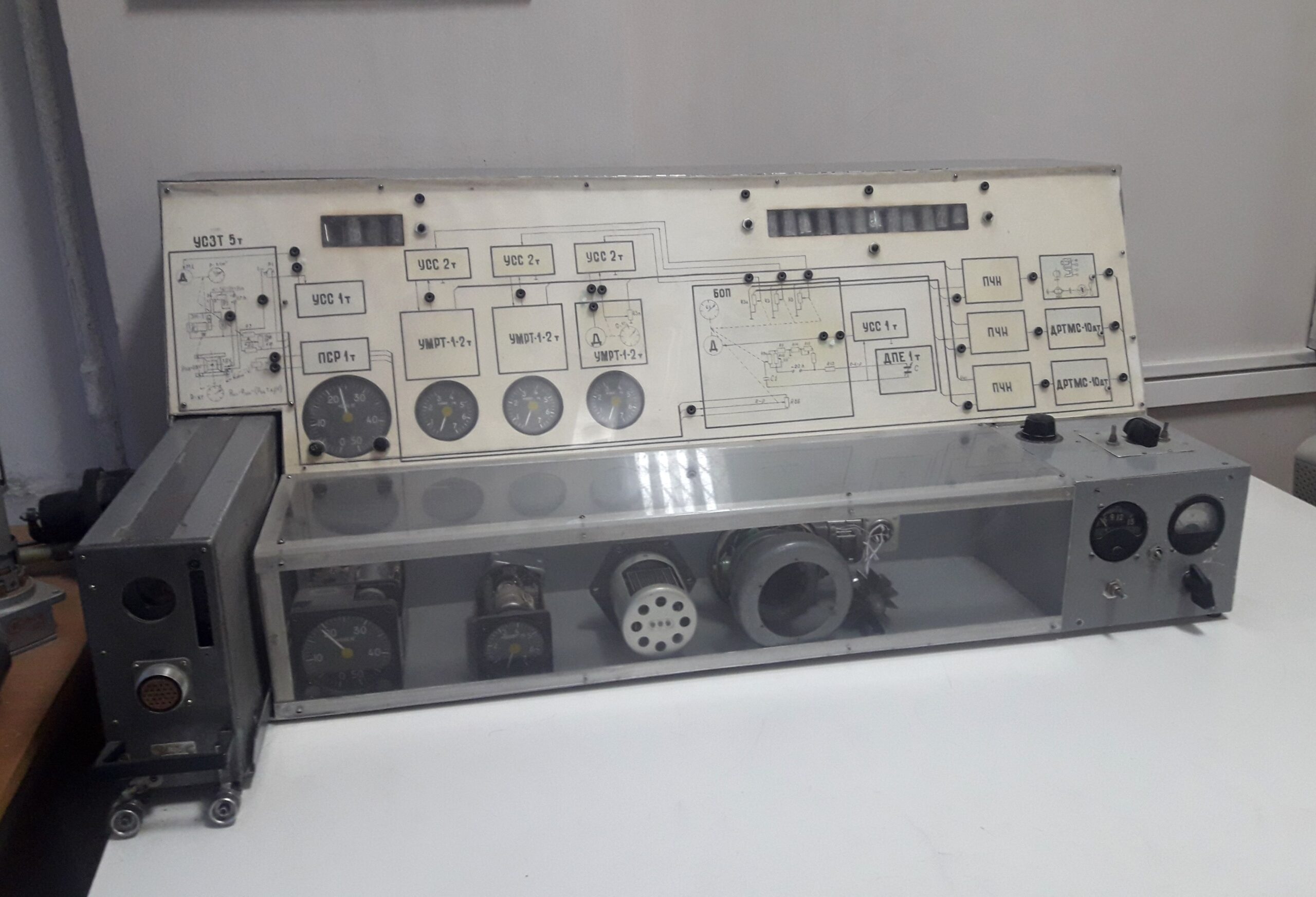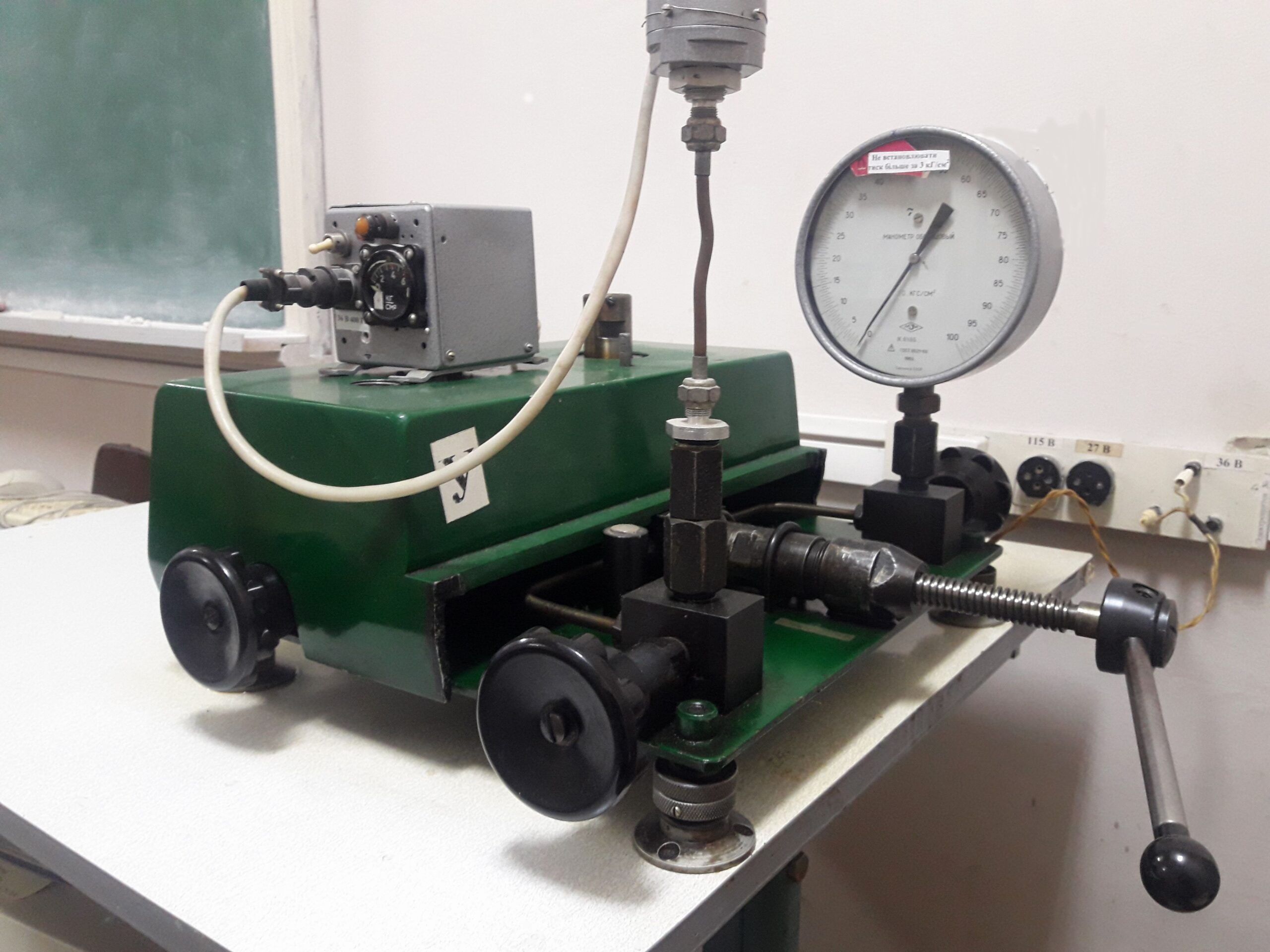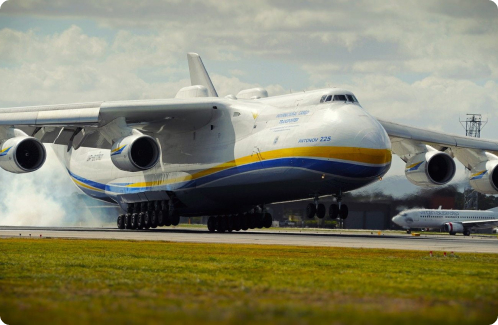On the equipment installed in the classroom, laboratory and practical classes are held in the following disciplines:
– Information-measuring devices and sensors of control and automation systems
– Fundamentals of production of aviation systems
– Metrology, technological measurements and devices
The classroom equipment is also used by graduate students in conducting scientific research related to the directions of building optimal control systems and mathematical modeling of aircraft.
The basis of the classroom equipment is specialized stands that allow you to study:
– Physical foundations of primary transducers (sensors) for aviation purposes;
– Metrological basics of primary converters (verification, certification);
– Secondary converters – ADC and DAC;
– Aviation information and measurement systems.
The stands of the educational audience were created by scientific and pedagogical workers and the teaching and auxiliary staff of the department with the participation and assistance of the Kyiv Automation Plant named after G.I. Petrovskyi and Kyiv state aviation plant “AVIANT”, the present state enterprise “ANTONOV”.








